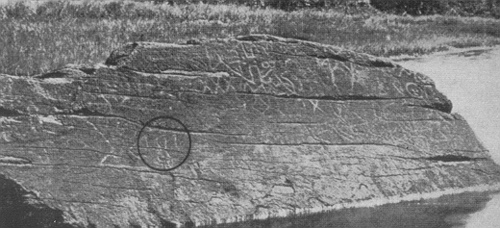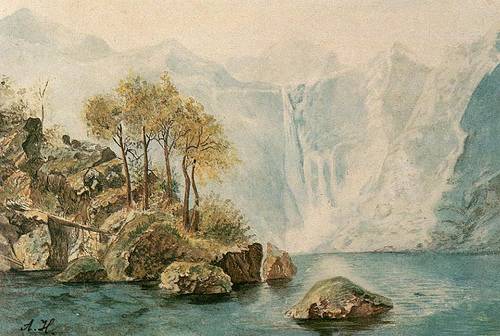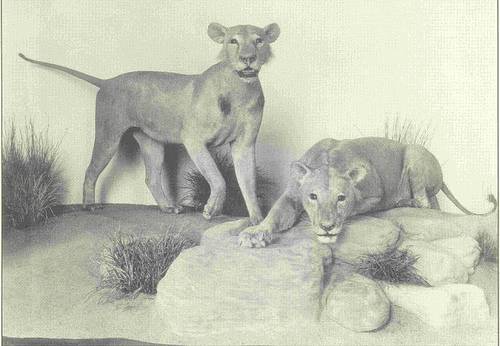Excerpt from an obituary for stagecoach driver Charley Parkhurst, published in the San Francisco Morning Call, Dec. 28, 1879:
He was in his day one of the most dexterous and celebrated of the famous California drivers ranking with Foss, Hank Monk, and George Gordon, and it was an honor to be striven for to occupy the spare end of the driver’s seat when the fearless Charley Parkhurst held the reins of a four- or six-in-hand …
It was discovered only afterward that “One-Eyed Charlie” had been a woman, born Charlotte Darkey Parkhurst in Vermont in 1812. Posing as a man, she had gained a reputation as one of the best stagecoach drivers on the West Coast.
More than that, her name (as Charles Darkey Parkurst) is listed in the Santa Cruz voter rolls for Oct. 17, 1868 — which means she may have been the first woman to vote in California.



